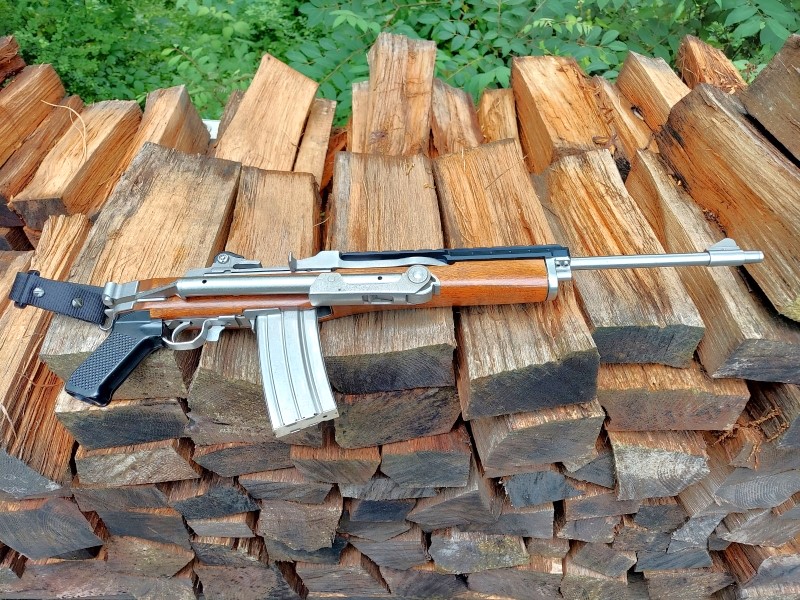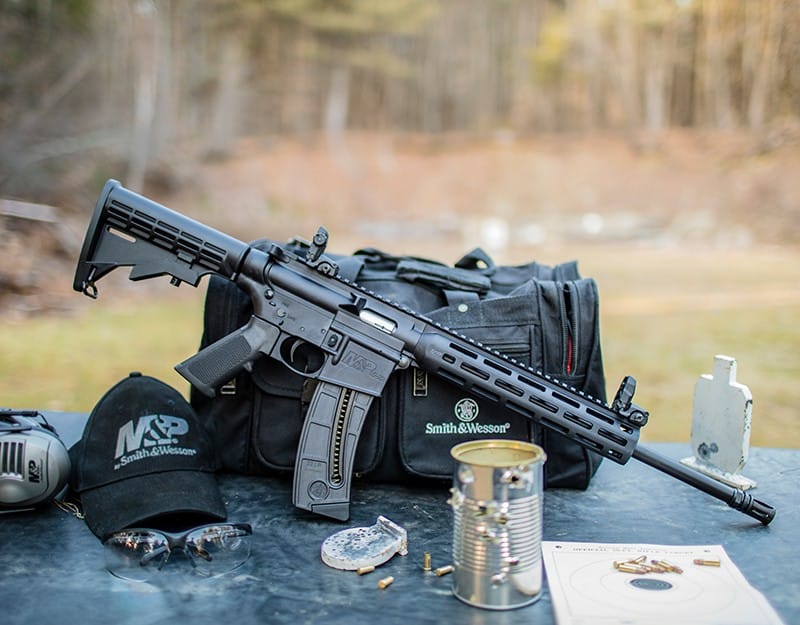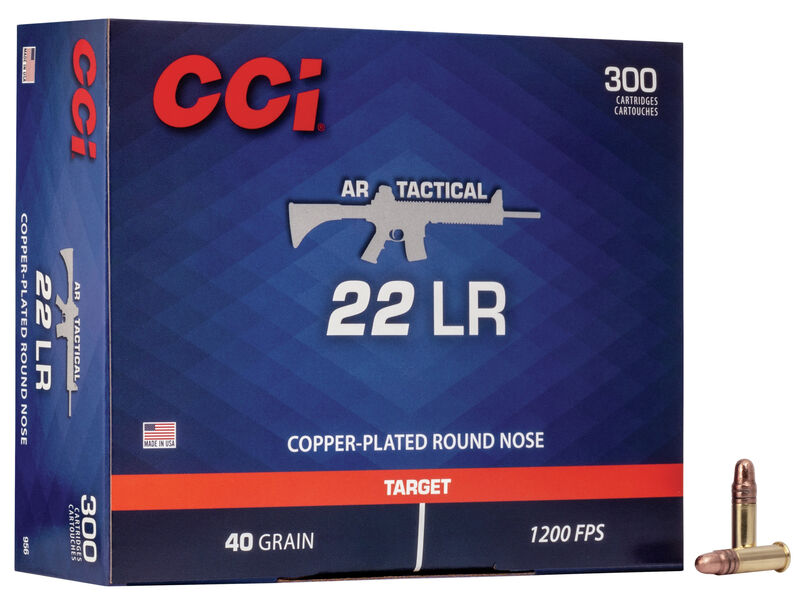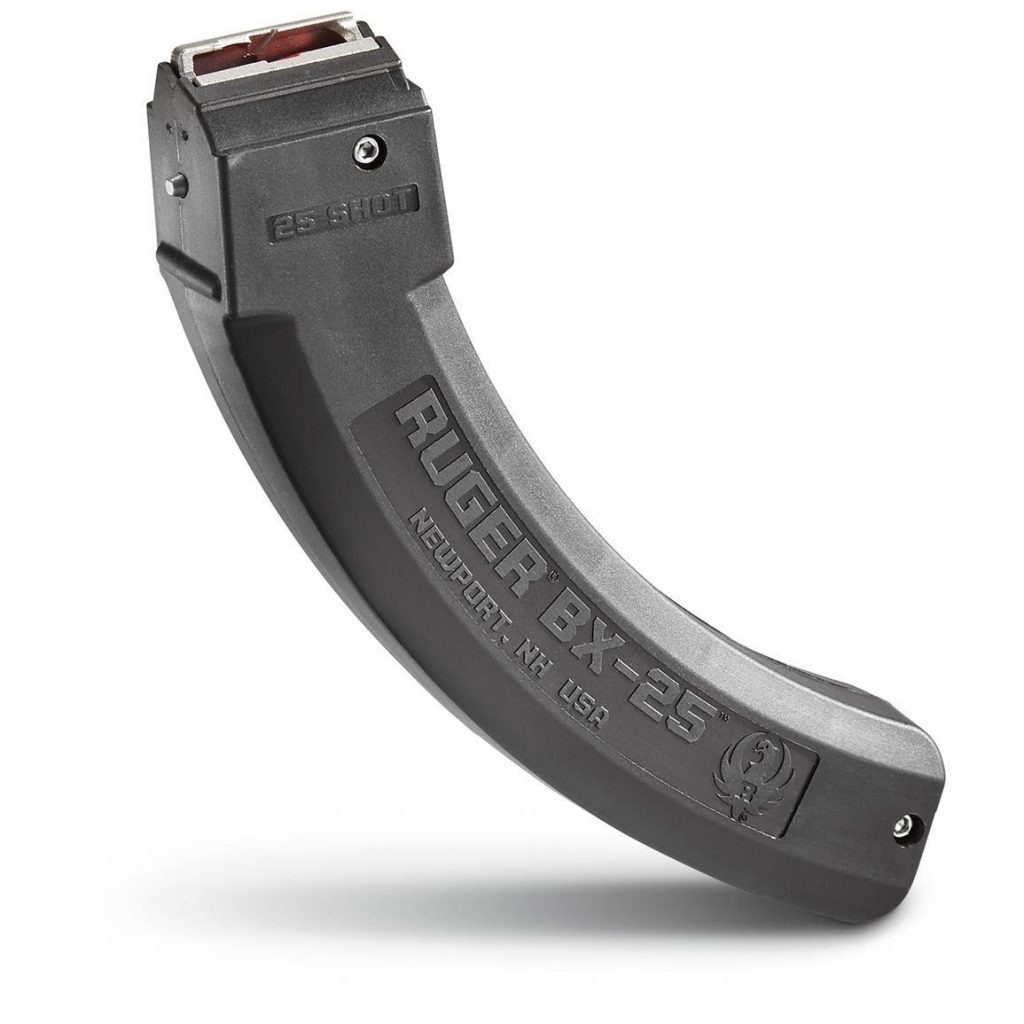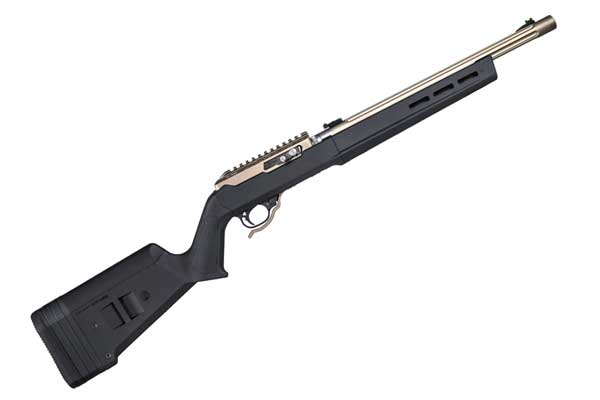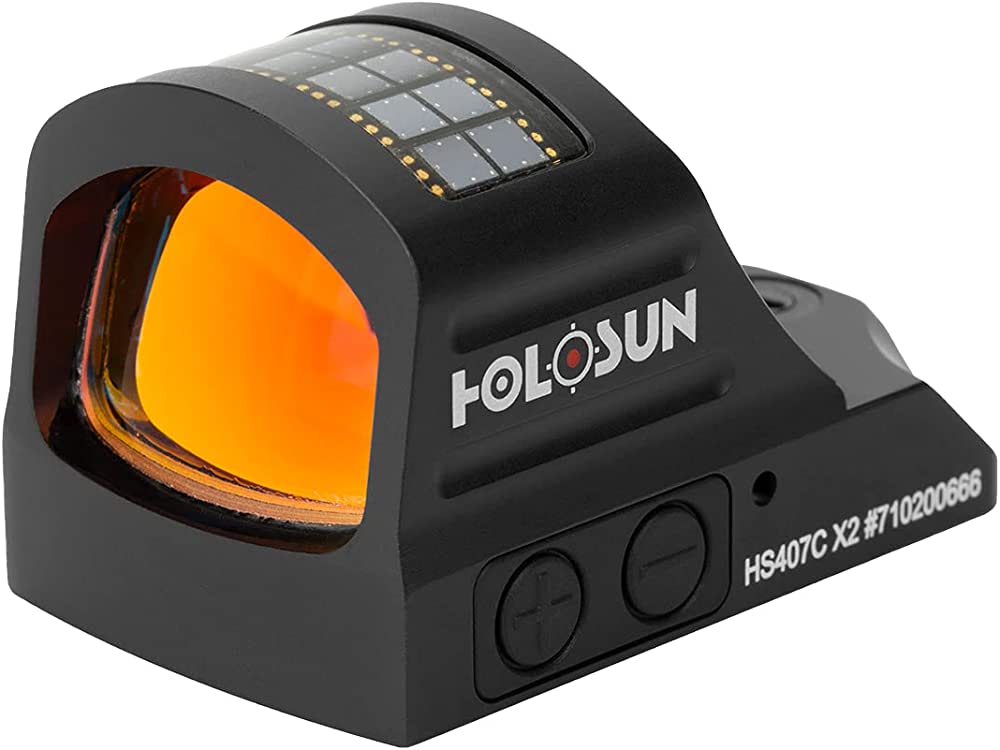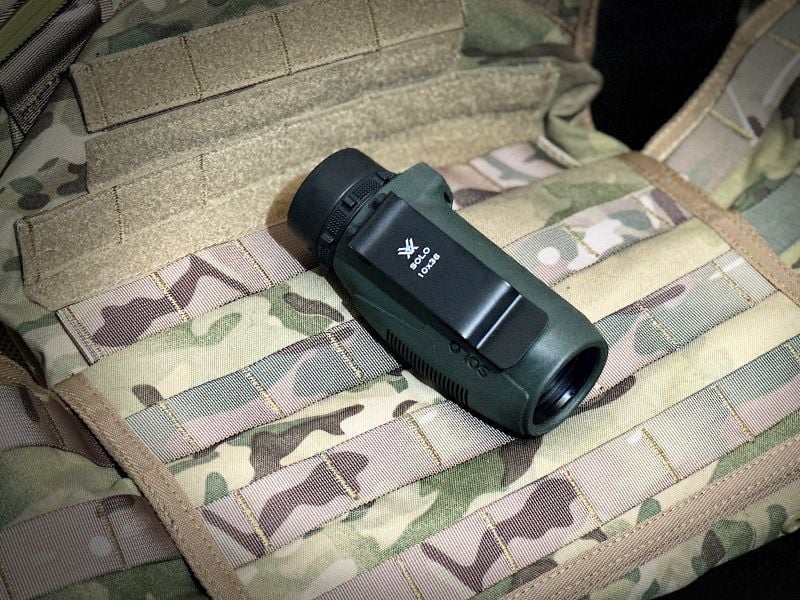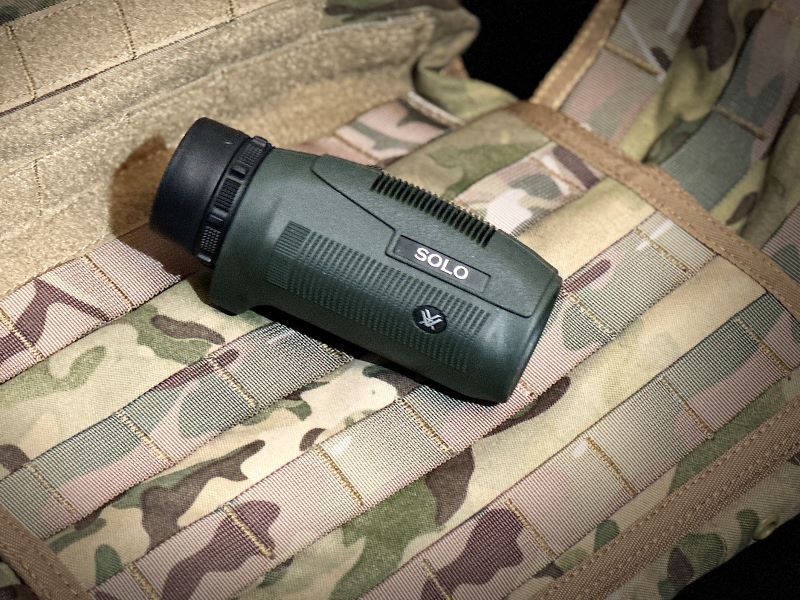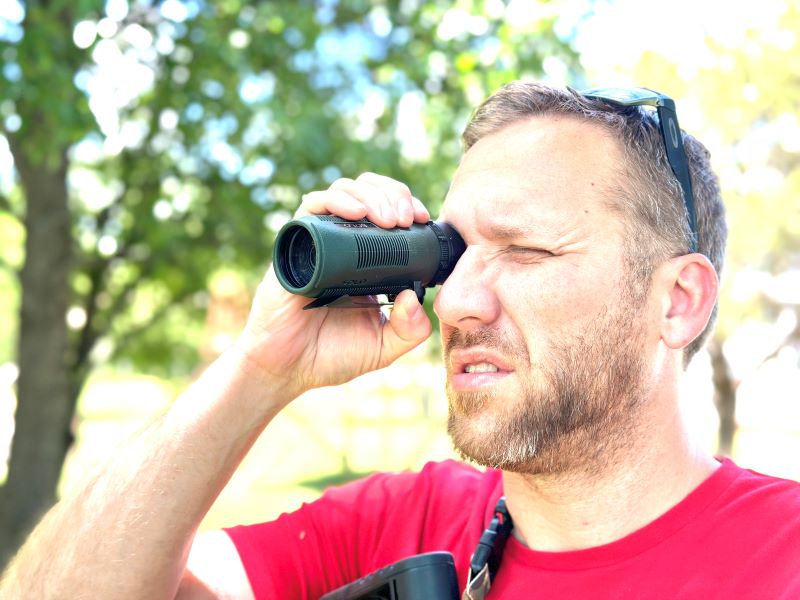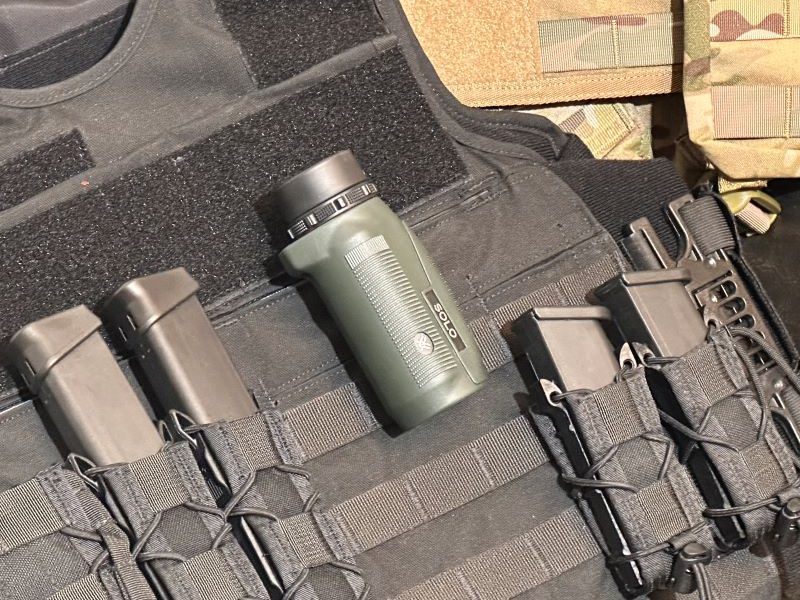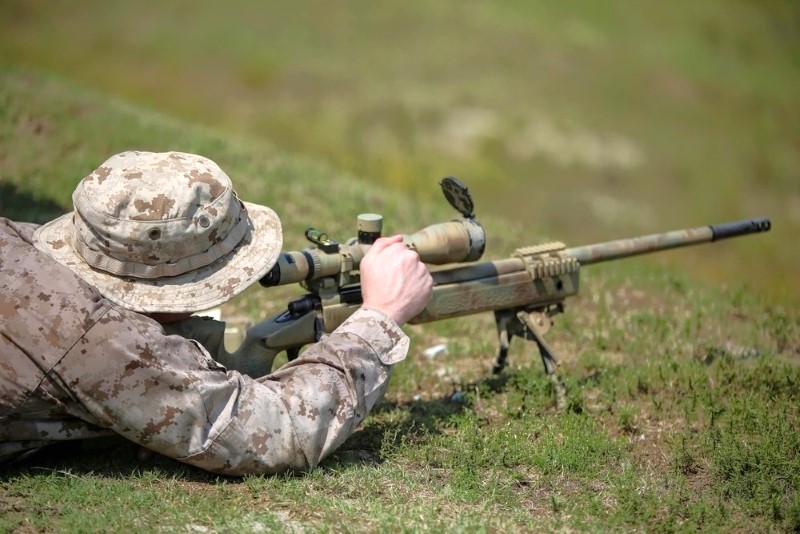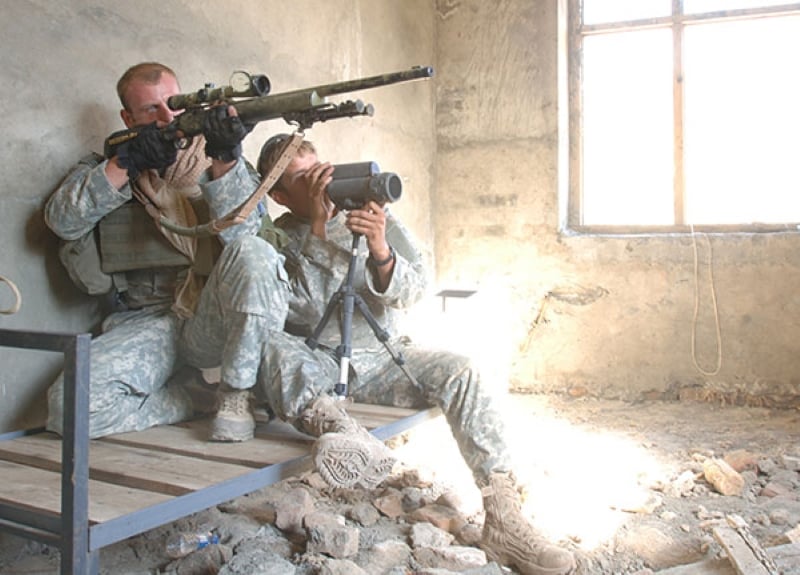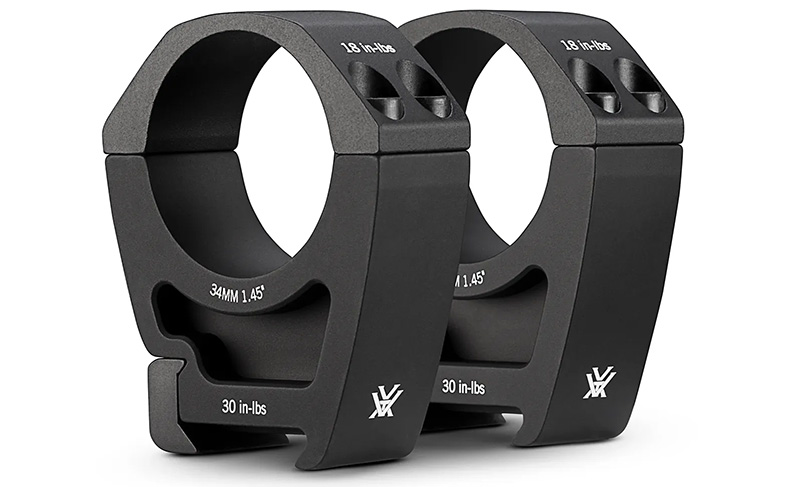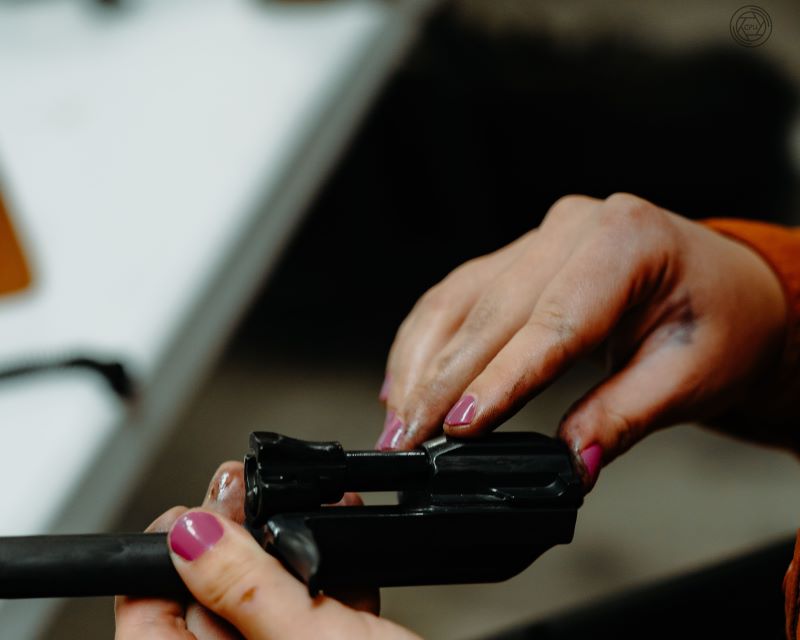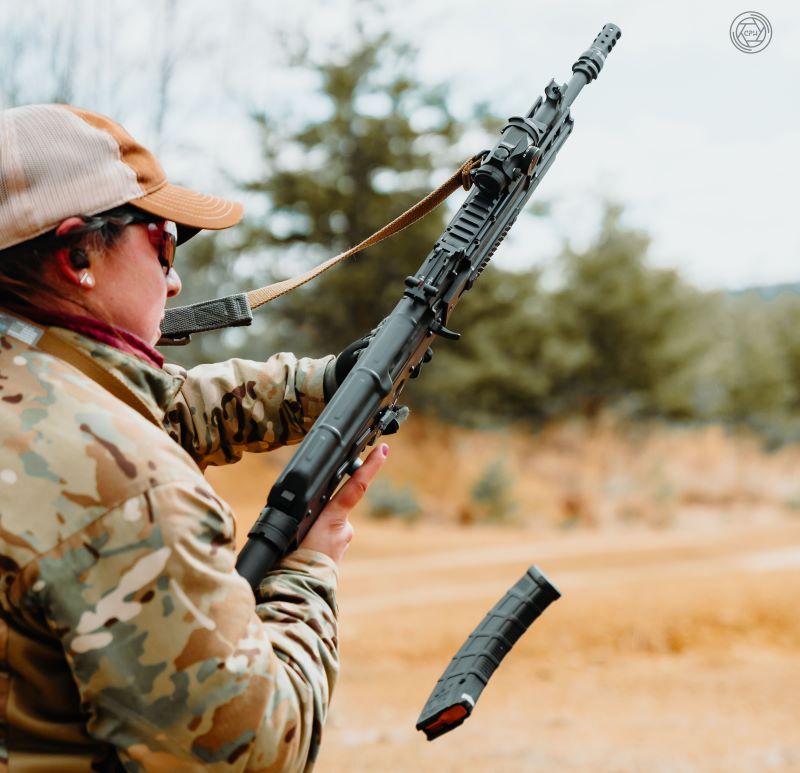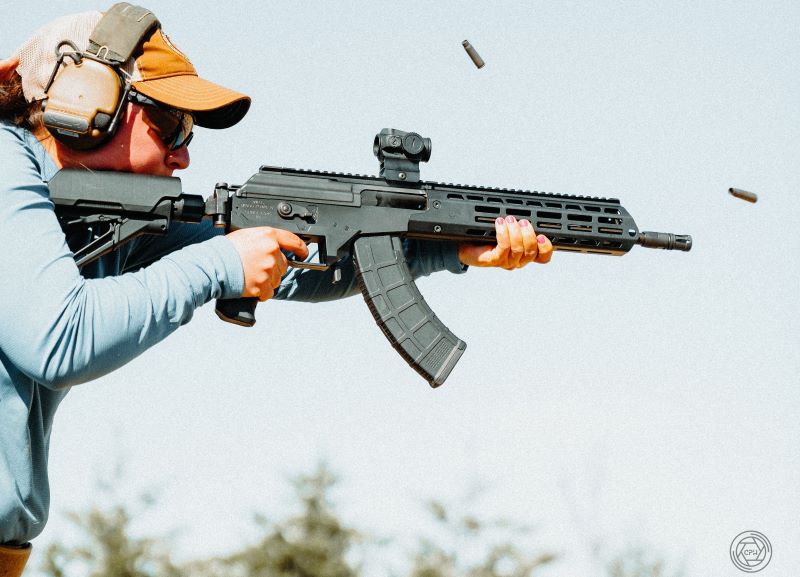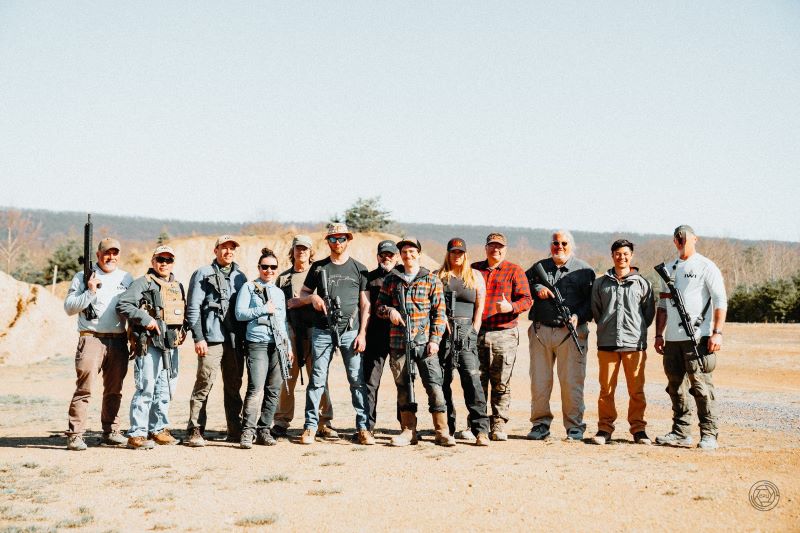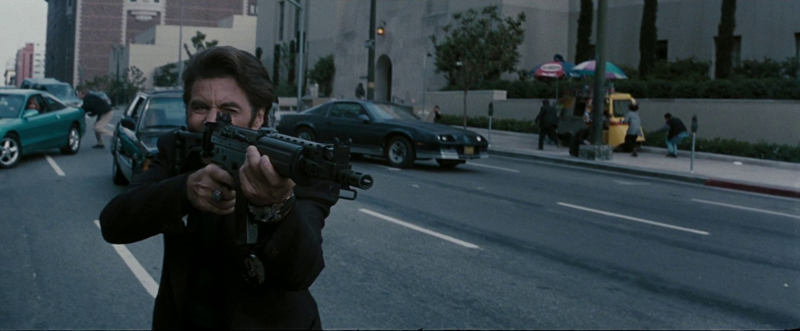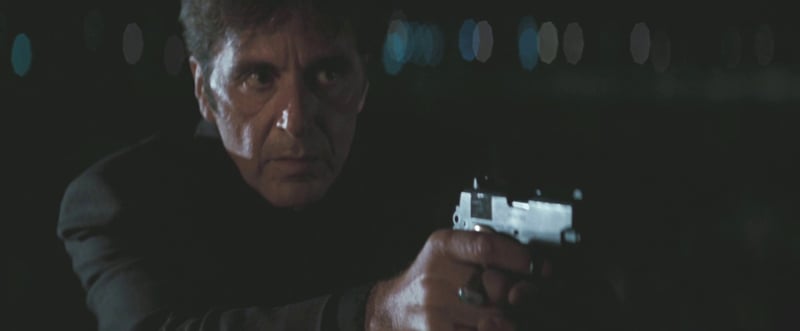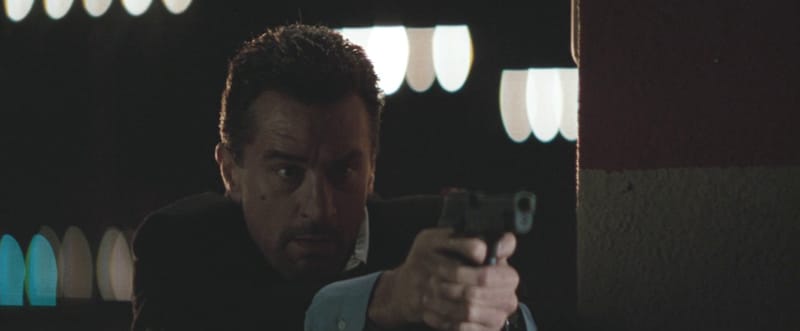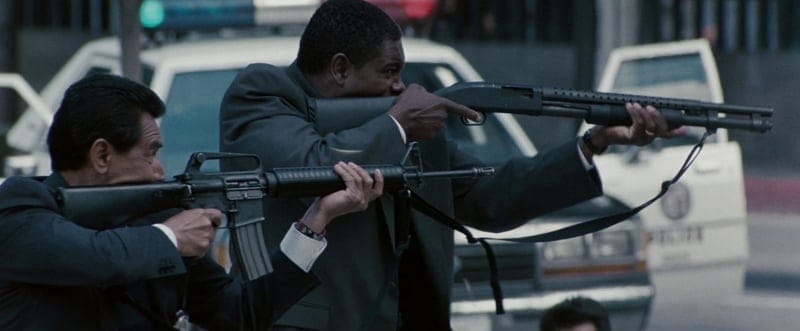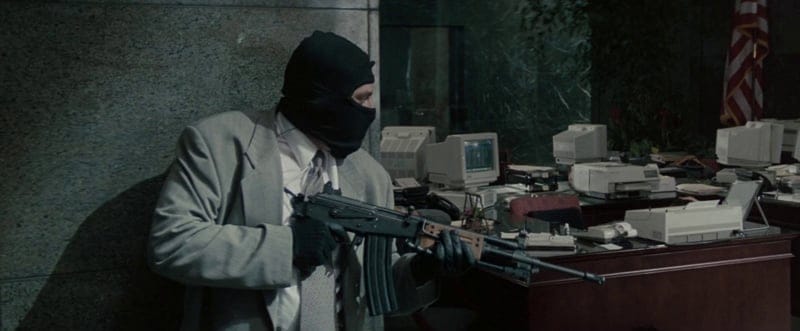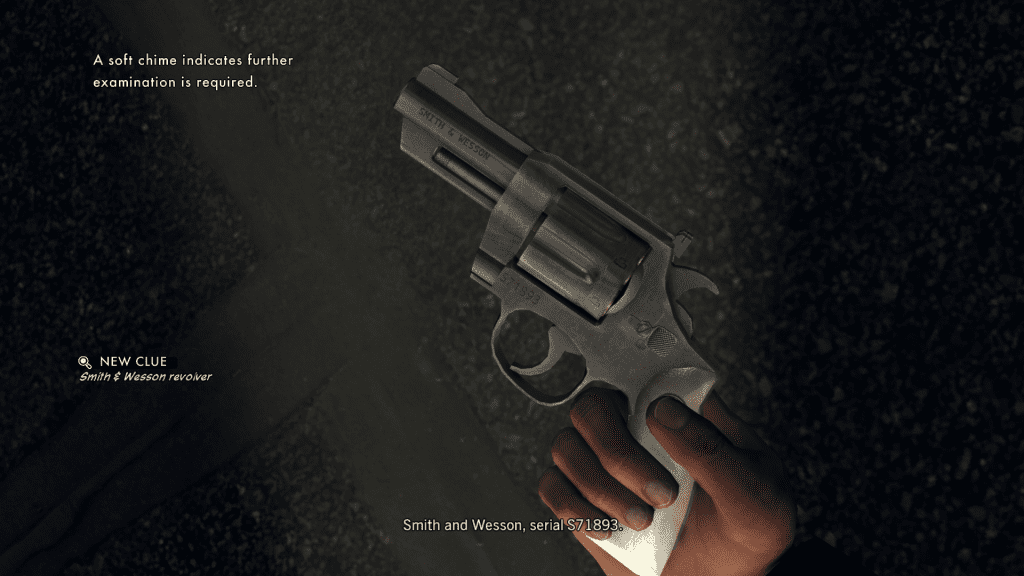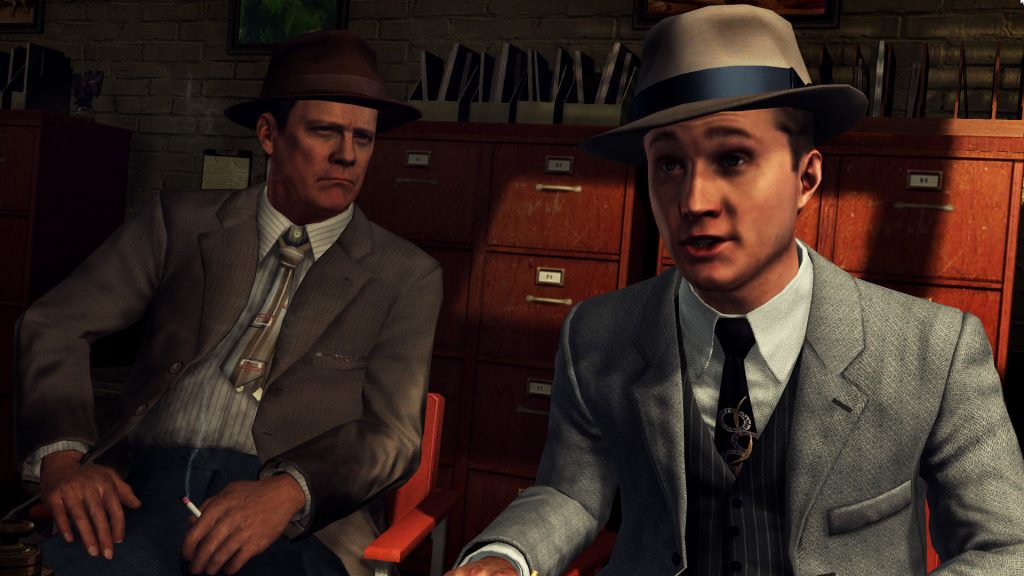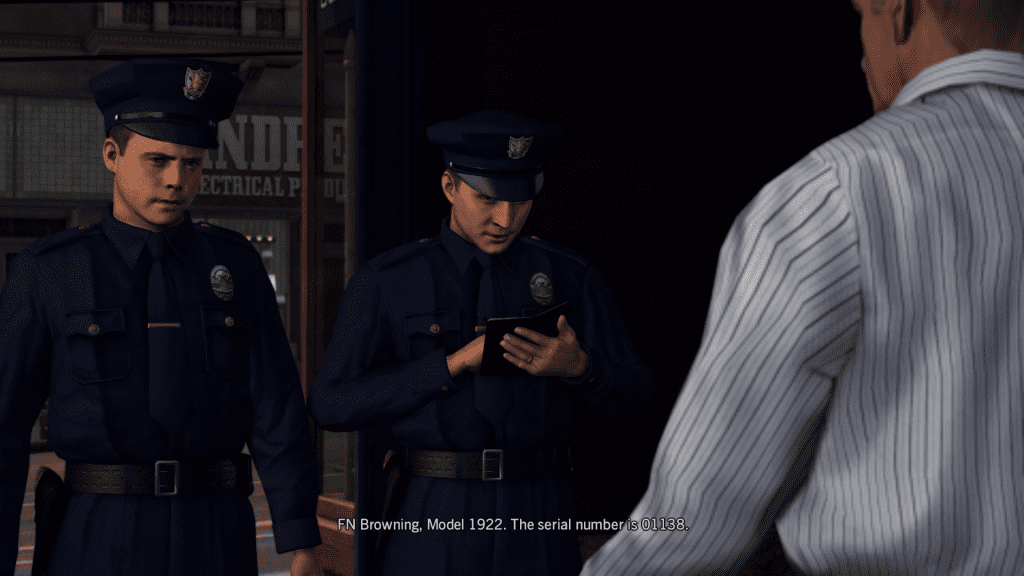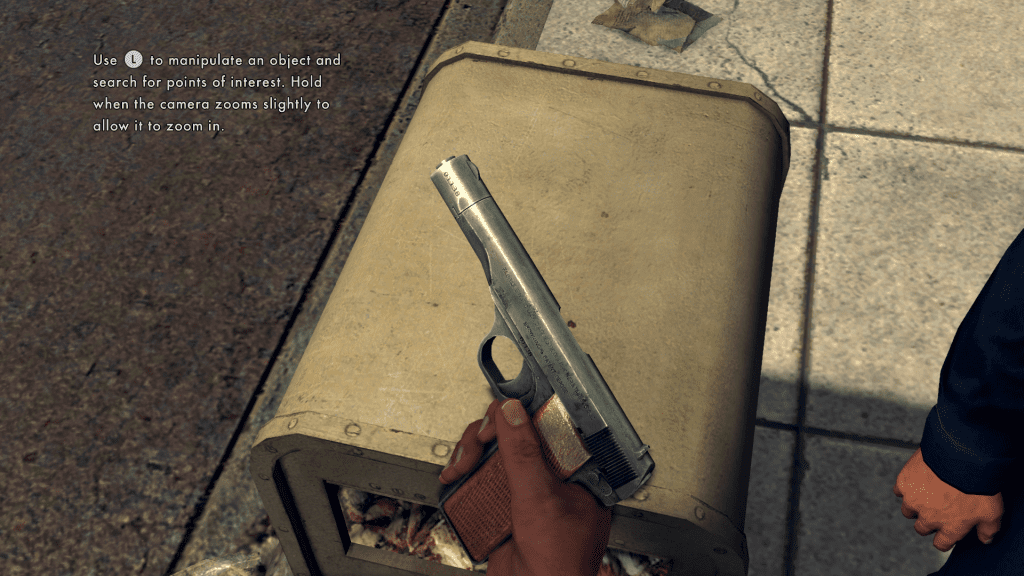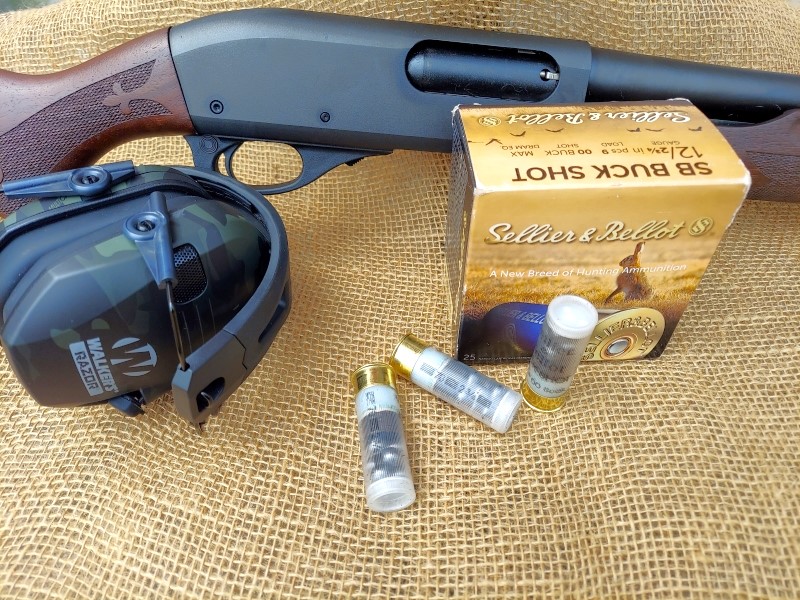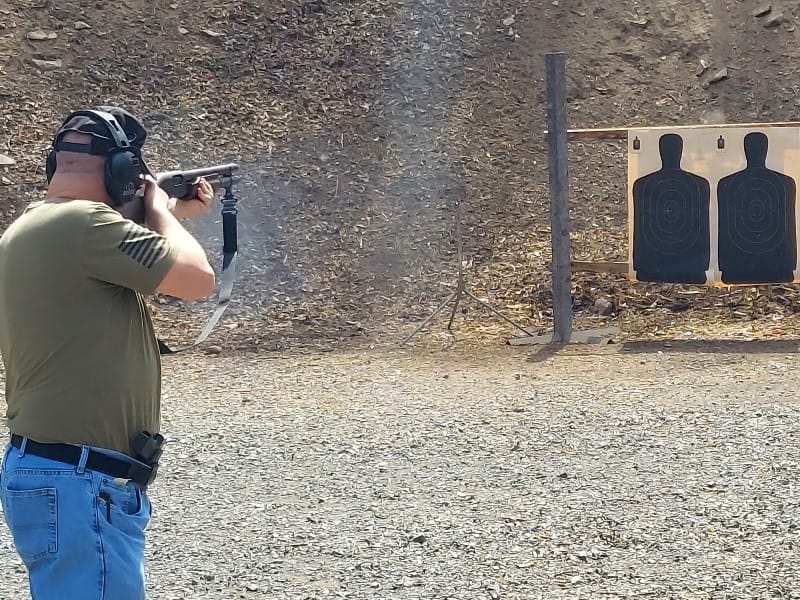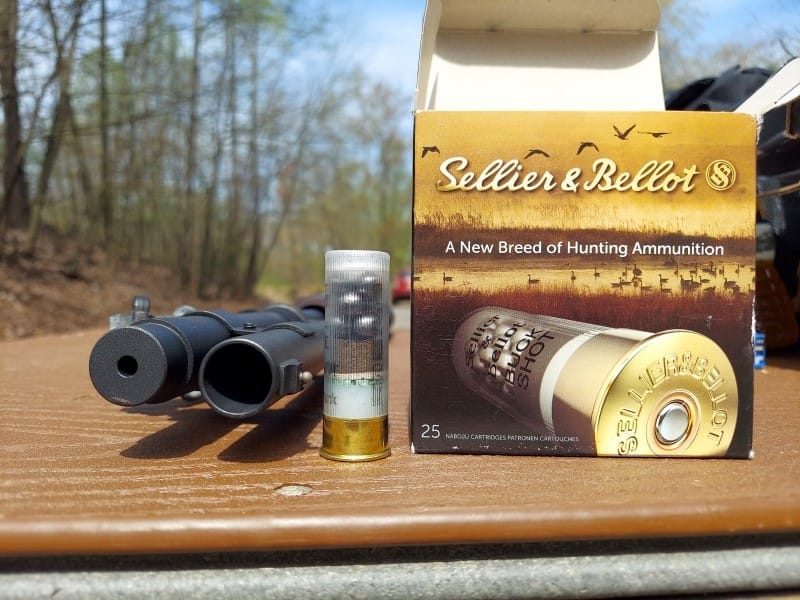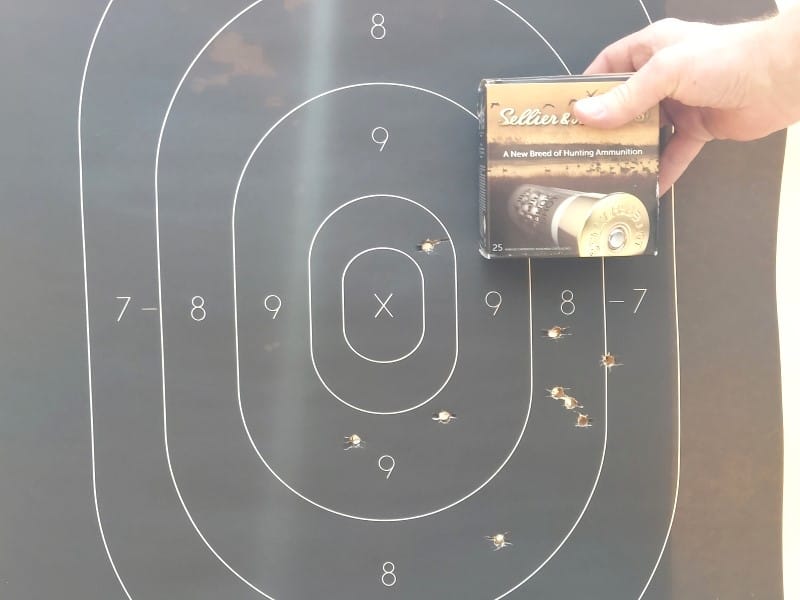Top 5 Tactical Rifles That AREN’T AR-15s
The AR-15 is the most popular rifle sold in the United States today. You might even call it America’s rifle. Although the AR can built or bought in nearly any configuration for any purpose, the design’s best strength is as a tactical rifle for personal protection. The AR is ergonomic, easy to shoot, and can be modified for different shooters. Throw in standard capacity 30-round magazines and the defender with an AR is at the top of the food chain against the criminal element. But the AR was not the first nor the last tactical rifle on the market. There are other options out there that are proven, reliable, and available, should the AR not be up to taste. Here are five tactical rifles that aren’t an AR-15.
The Ruger Mini-14
The Ruger Mini-14 has been the anti-AR-15 for decades. Introduced in 1973, the Mini was marketed as a scaled-down version of the famous M14 service rifle. It is chambered in .223 Remington/5.56mm NATO, the same round as the AR-15 as well as the then-new M16 rifle that replaced the M14 in service. The Mini came with a beechwood stock and used investment cast receiver and action parts to cut down on machine time and lower costs.
The Mini is a semi-automatic rifle that uses a fixed piston gas system and a rotating bolt like the M1 Garand and M14. The Mini has the same right-side charging handle, trigger guard safety, and paddle magazine release as its bigger cousin. The Mini was designed to feed from proprietary 20-round magazines, though other options are available today.
From the 1970s until the expiration of the Clinton Assault Weapons Ban in 2004, the Mini was considered a cheaper alternative to the artificially expensive AR-15. It also lacked a collapsing buttstock and other ban features, allowing it to stay in production and on the market during the ban. Since then, the AR is mass produced by a number of companies and the Mini is generally more expensive than what would be considered a budget AR. The Mini has plenty of aftermarket accessory support, from collapsing stocks to scope mounts, but the variety is not nearly as endless as that of the AR. But it remains a good option if you live in a ban state or if nostalgia runs in your veins.
The Springfield Armory M1A
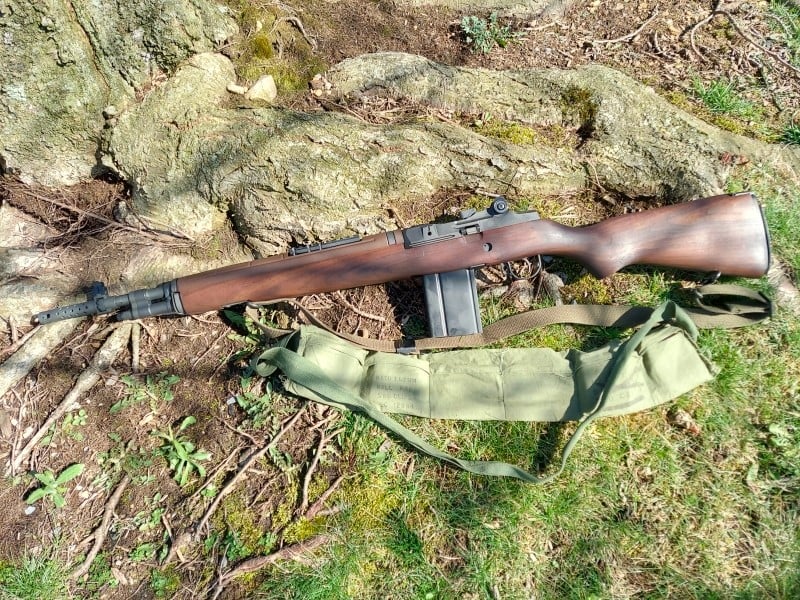
While Ruger busied themselves with a scaled-down version of the M14, Springfield Armory has been producing a full-sized semi-automatic version since 1974. The M1A is a battle rifle designed to fire the full-powered 7.62×51 NATO round. It uses the same piston and charging handle arrangement as well as the same GI peep rear and front National Match sights. The rifle was originally stocked in walnut, but a composite stock is available. The base model uses a 22-inch barrel. More recently, Springfield introduced the SOCOM and Squad M1A rifles. These rifles are modernized with 16.25-inch barrels and railed from the factory.
The M1A is heavier and more expensive than the AR-15. But the 7.62 NATO round is more barrier blind and retains its energy beyond three hundred yards. For those occasions where that more powerful round is needed, the M1A affords you more flexibility.
The M1 Carbine
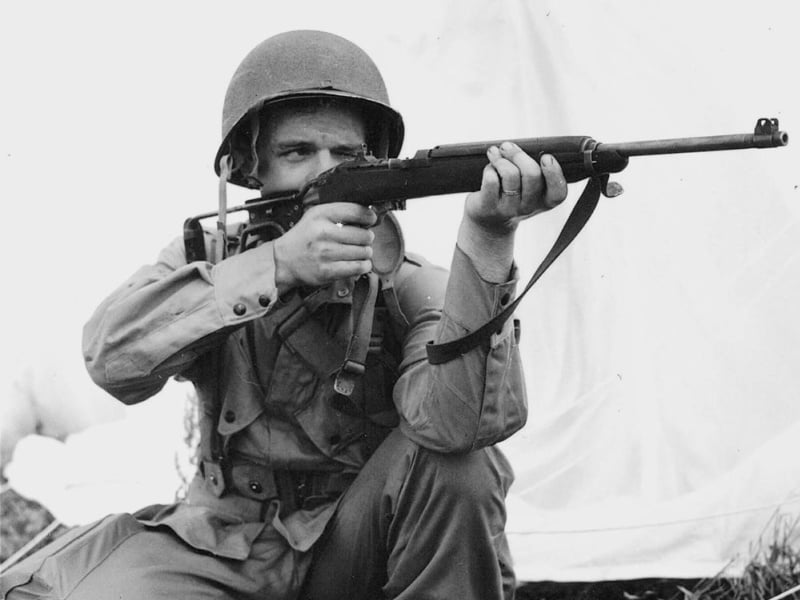
The first AR-15s came onto the commercial market in the early 1960s. At that time, the M1 Carbine filled the same role as a tactical rifle that the AR does today. Introduced in 1942 as a light rifle for support personnel during World War II, the M1 Carbine weighed only 5.2 pounds and boasted fifteen-round detachable magazines. It used the same rotating bolt arrangement as the M1 Garand and later M14, but it fired the intermediate .30 Carbine round. It was not as powerful as the then-issued 30-06, but it was more powerful and had a longer range than contemporary pistol rounds like the .45 ACP. After the Korean War, M1 Carbines and both 15 and 30 round GI magazines, began to trickle into the commercial market. Original GI guns were soon accompanied by commercially produced rifles and a healthy aftermarket for accessories. Some of these newer rifles, like those produced by Fulton Armory, are excellent. Most others have teething problems.
The best rifles more expensive than the modern budget AR-15s. But if you already own one or find one at a fair price, the M1 Carbine is still a viable, though less adaptable alternative.
The Ruger LC Carbine
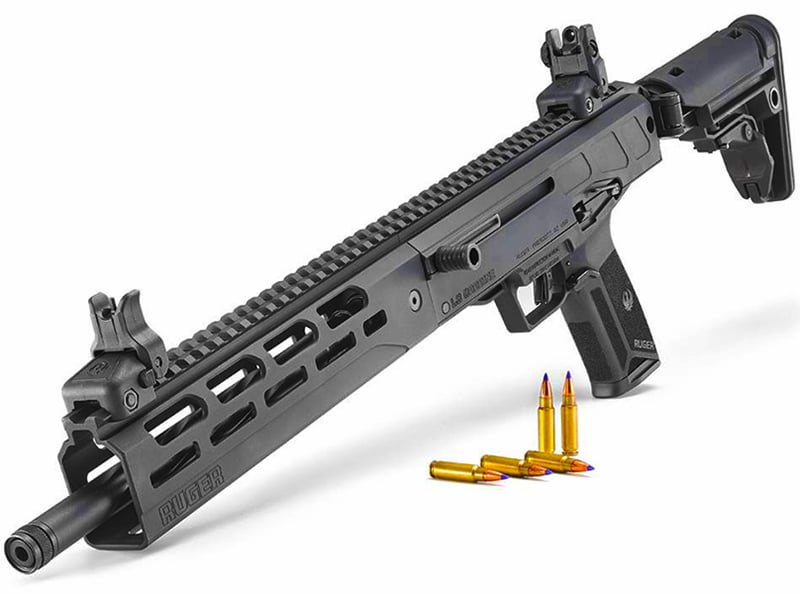
There are a few quality non-AR rifles chambered in 5.56mm NATO. The Ruger LC Carbine is a wild card made with the same intentions as the old M1 Carbine, but more adaptable like the AR. The LC Carbine is a blow-back operated carbine chambered for the 5.7×28 FN cartridge. The 5.7 is a cartridge of the school of light and fast power. It is a bottlenecked round that uses a nominal 40-grain spitzer round traveling at over 1600 feet per second out of a handgun, and a few hundred feet per second more out of a carbine. The round is adaptable to pistols and carbines and has a flatter trajectory than conventional pistol cartridges like 9mm Luger.
The LC Carbine features a folding buttstock and a 16-inch barrel with a generous M-Lock handguard for accessories. The rifle weighs only six pounds and feeds from detachable 20 or 30-round Ruger Five-Seven magazines. While the LC and its 5.7x28mm cartridge will not have the longer range of the 5.56 or 7.62 NATO, it is an excellent lightweight option inside 150 yards.
The AK
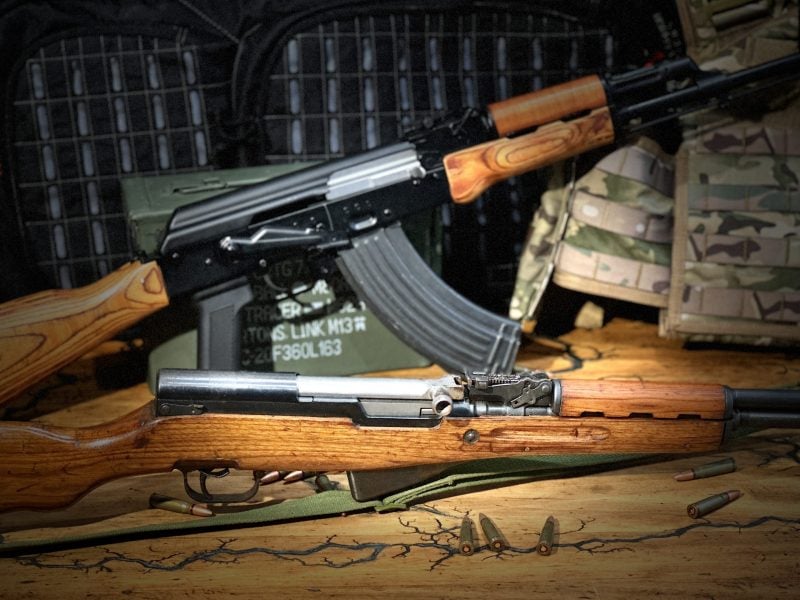
Americans armed with Armalite’s rifle have been fighting opponents armed with the Soviet-built AK since the late 1960s during the Vietnam War. Tens of millions of AK rifles have been produced and handed out to leftist regimes like candy, who in turn, used them in some of the harshest combat conditions. The AK is utterly simple and tolerant of neglect. Not to mention it is the gun of the bad guys, both on and off the gaming console and TV screen. Small wonder that American shooters came to love the AK. Ex-Warsaw Pact parts kit guns are still out there to be had, but there are now American manufacturers behind the effort to supply new rifles to a new generation of post-Cold War shooters.
The AK typically comes in two basic types: the AK-47/AKM in 7.62x39mm or the AK-74 in 5.45x39mm and feed from standard 30-40 round magazines, respectively. Both are excellent intermediate cartridges like the 5.56mm NATO. In fact, some American AKs are now chambered for rounds like the 5.56 and .300 Blackout. There are plenty of variations of the AK to go around and it can lead to some confusion as to which one is better or which parts and magazines will function best in some guns. American-made magazines might fit a Soviet part kit AK-74. But Bulgarian AK-47 magazines might not fit a Polish WASR-10 or a new PSA American AK. The upside of the AK is that in the American market, the rifle is more easily customized now than in years past. The AK is perhaps the most viable alternative to the AR-15, but it is neither the first nor the last to check out.
The post Top 5 Tactical Rifles That AREN’T AR-15s appeared first on The Mag Life.

